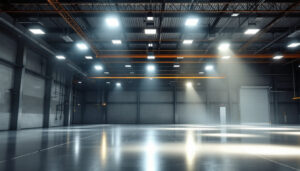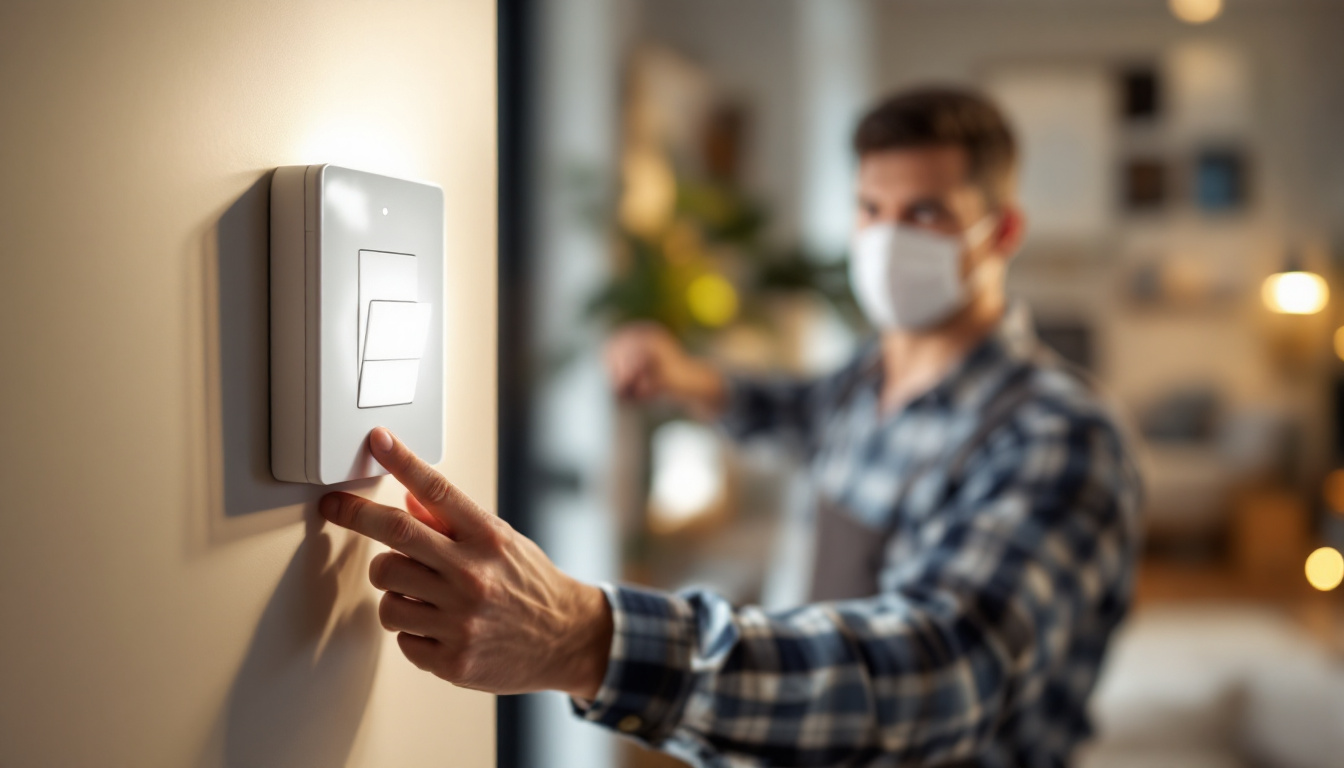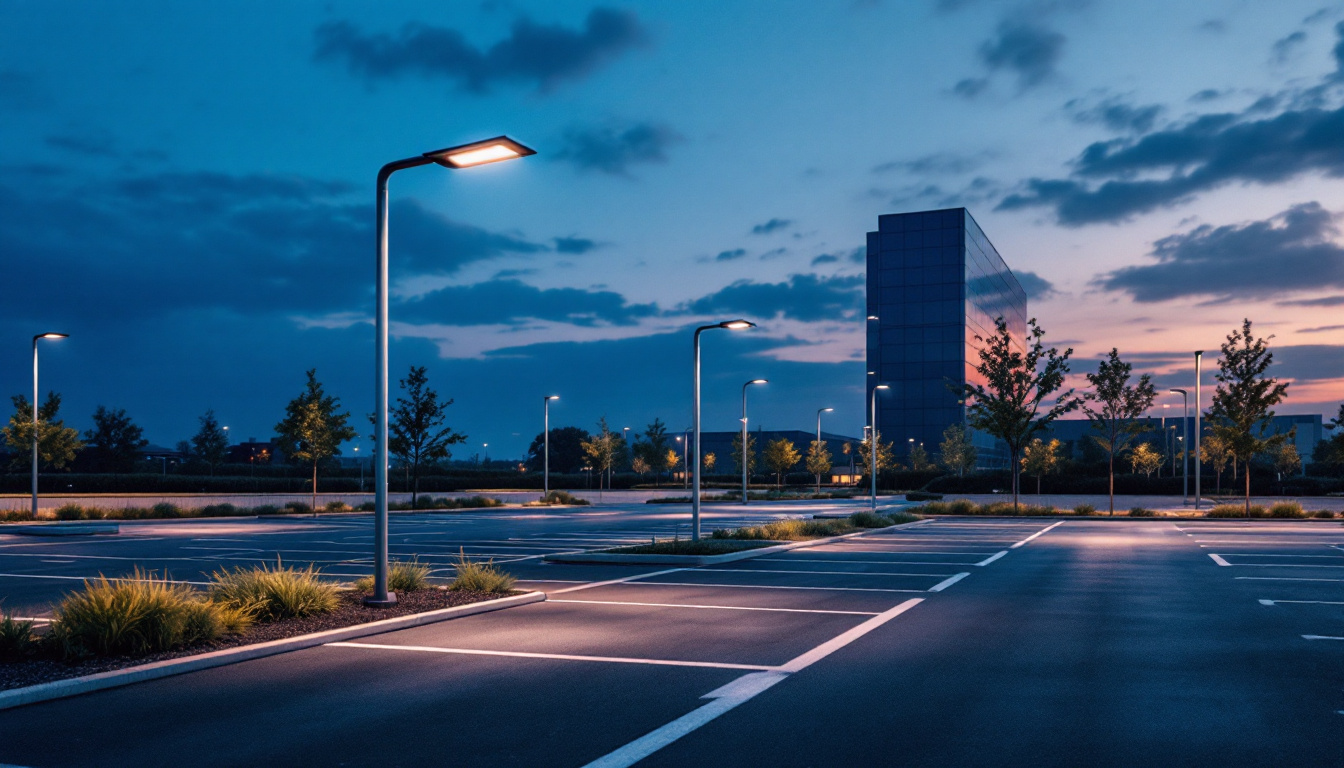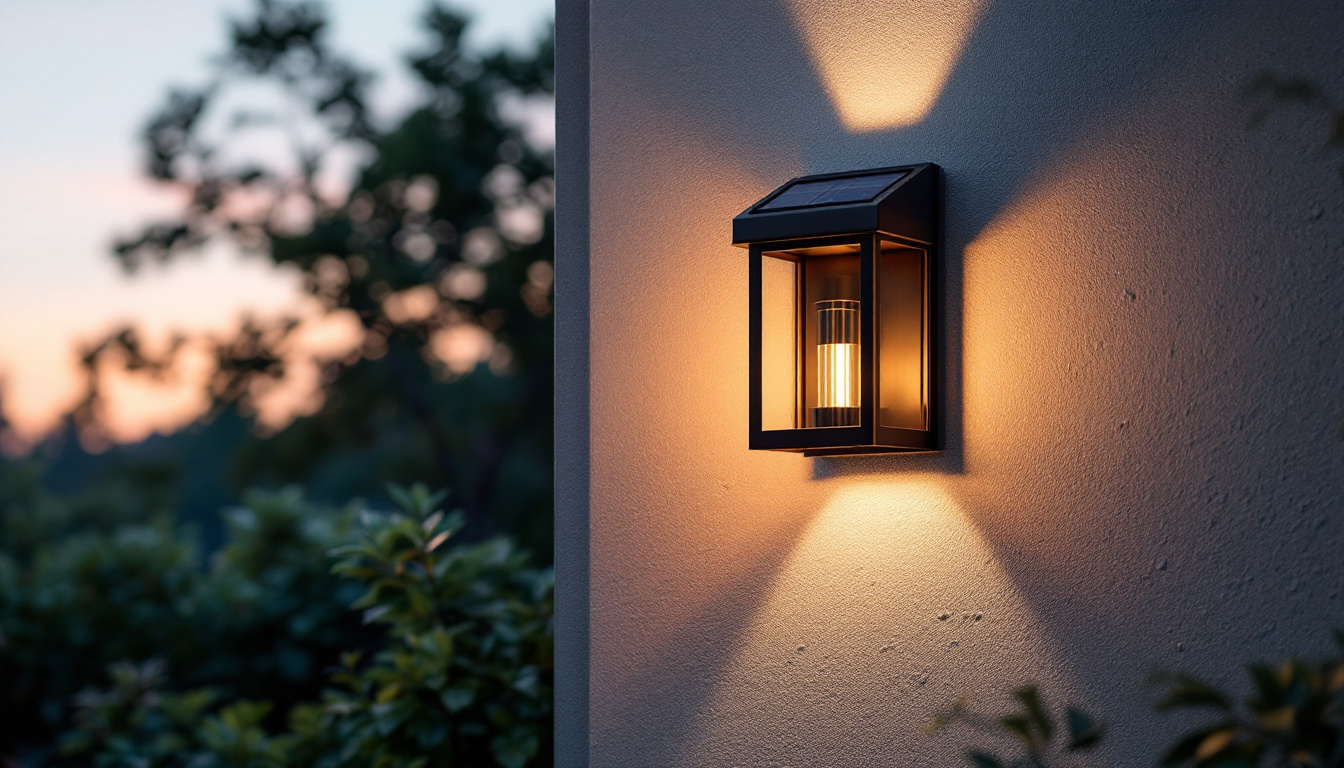

As a lighting contractor, staying ahead of the curve means embracing technology that enhances efficiency and safety. One such advancement is the motion detector switch. This device not only adds convenience but also plays a significant role in energy conservation and security. Below is a comprehensive checklist designed to guide lighting contractors through the essential aspects of motion detector switches.
Motion detector switches are devices that automatically turn lights on or off based on the presence of motion within a designated area. They are particularly useful in residential, commercial, and industrial settings, where they can help reduce energy costs and improve safety. By utilizing these switches, property owners can not only save on electricity bills but also extend the lifespan of their lighting fixtures, as the lights are only activated when necessary. This functionality is especially beneficial in high-traffic areas, where frequent manual switching can lead to wear and tear.
There are several types of motion detectors available, each suited for different applications. The most common types include:
Motion detector switches are versatile and can be applied in various scenarios:
In addition to these applications, motion detector switches can also be integrated with smart home systems, allowing for remote control and monitoring. Homeowners can adjust settings or receive notifications on their smartphones, enhancing both convenience and security. Moreover, advancements in technology have led to the development of energy-efficient models that utilize LED lighting, further decreasing energy consumption and contributing to sustainability efforts. With the growing emphasis on smart technology and energy efficiency, the adoption of motion detector switches is likely to continue rising, offering innovative solutions for various lighting needs.
The adoption of motion detector switches offers numerous advantages that can significantly impact both energy savings and user experience.
One of the most compelling benefits of motion detector switches is their ability to conserve energy. By ensuring that lights are only on when needed, these devices can lead to substantial reductions in electricity consumption. This not only lowers utility bills but also contributes to a more sustainable environment.
Motion detector switches enhance security by providing illumination in areas that may otherwise be dark and inviting for intruders. By automatically turning on lights when motion is detected, they deter potential threats and create a safer environment for both residents and employees.
For homeowners and businesses alike, the convenience of having lights automatically activate when entering a room is invaluable. This feature is particularly beneficial for individuals carrying items or those with mobility challenges, as it eliminates the need to fumble for light switches in the dark.
Proper installation is crucial for the effective functioning of motion detector switches. Here are key considerations to keep in mind during the installation process.
Choosing the right location for the motion detector is essential. The sensor should have a clear line of sight to the area it is intended to monitor. Factors such as the height of installation and the angle of coverage can significantly affect performance. It’s advisable to conduct a site assessment to determine the optimal placement.
Ensure that the wiring is compatible with the motion detector switch. Most devices require a standard power supply, but some may need special wiring configurations. Familiarity with local electrical codes and regulations is crucial to ensure compliance and safety.
After installation, thorough testing is necessary to ensure that the motion detector switch functions as intended. Calibration may be required to adjust sensitivity settings and time delays, allowing the device to respond appropriately to motion without unnecessary triggers.
Dust and debris can accumulate on the sensors, impairing their ability to detect motion. Regularly cleaning the sensor lenses with a soft cloth can help maintain performance. It’s also important to check for any obstructions in the sensor’s field of view.
Periodically inspect the wiring and connections for any signs of wear or damage. Loose connections can lead to malfunctioning switches, so tightening and securing all connections is essential for reliable operation.
As environments change, it may be necessary to update the settings of motion detector switches. Adjusting sensitivity and time delay settings can help accommodate new furniture arrangements or changes in foot traffic patterns.
While motion detector switches are generally reliable, certain challenges may arise during their use. Understanding these challenges and their solutions can enhance overall effectiveness.
One of the most common issues with motion detector switches is false triggering, which can occur due to pets, moving objects, or environmental factors like wind. To mitigate this, consider using dual technology sensors that combine different detection methods, or adjust the sensitivity settings to reduce responsiveness to minor movements.
Sometimes, the detection range may be insufficient for larger areas. In such cases, installing multiple sensors can help cover blind spots and ensure comprehensive monitoring. Additionally, selecting a sensor with an adjustable range can provide more flexibility in coverage.
When integrating motion detector switches into existing lighting systems, compatibility issues may arise. It’s crucial to verify that the new devices can work seamlessly with current wiring and control systems. Consulting with manufacturers or specialists can provide insights into suitable options.
Selecting the appropriate motion detector switch is essential for achieving desired outcomes. Here are some factors to consider when making a choice.
Evaluate the sensor technology that best suits the intended application. For example, PIR sensors are excellent for detecting body heat in indoor environments, while ultrasonic sensors may be better suited for areas with obstacles. Understanding the specific requirements of the environment will guide the selection process.
Look for motion detector switches that offer adjustable settings for sensitivity, time delay, and coverage area. These features allow for customization based on the unique needs of the space, enhancing both functionality and user satisfaction.
Researching reputable brands and reading customer reviews can provide valuable insights into the performance and reliability of motion detector switches. Opting for well-reviewed products can lead to better long-term results and fewer installation issues.
The field of motion detection technology is continually evolving, with new advancements enhancing functionality and user experience. Staying informed about future trends can help lighting contractors remain competitive.
As smart home technology gains popularity, motion detector switches are increasingly being integrated into home automation systems. This allows for centralized control and monitoring, enabling users to manage lighting remotely via smartphones or voice-activated devices.
Innovations in energy harvesting technology are paving the way for motion sensors that can operate without traditional power sources. These sensors convert ambient energy into power, making them more sustainable and easier to install in remote locations.
Future motion detection systems may incorporate advanced analytics, providing users with insights into usage patterns and optimizing energy consumption. This data-driven approach can enhance efficiency and reduce operational costs.
Motion detector switches represent a significant advancement in lighting technology, offering numerous benefits for energy efficiency, security, and convenience. By following this comprehensive checklist, lighting contractors can ensure successful installation, maintenance, and integration of these devices into various applications. As technology continues to evolve, staying informed about trends and advancements will enable contractors to provide the best solutions for their clients, ultimately enhancing the overall lighting experience.
Ready to elevate your lighting projects with the latest motion detector switch technology? Look no further than LumenWholesale for a vast selection of spec-grade lighting products at unbeatable wholesale prices. Our commitment to quality and affordability ensures that you get the most reliable and high-performance lighting solutions for your installations. Plus, with free shipping on bulk orders, you can stock up on all your lighting needs without worrying about hidden fees or inflated markups. Enhance your lighting projects by choosing LumenWholesale, where quality meets convenience. Visit us today for Wholesale Lighting at the Best Value.

Discover how parking lot solar lights are revolutionizing the lighting industry with sustainable, cost-effective solutions.

Illuminate your projects with our comprehensive guide on solar outdoor wall lanterns.

Explore the essential guide to dryer plugs tailored for lighting contractors.

Discover essential insights into electrical power cords tailored for lighting contractors.
Get notified when NEW deals are released.
Optimize your budget with wholesale discounts.
Only top-quality, specification-grade lighting products.
No additional costs at checkout - what you see is what you pay.
We understand the unique needs of contractors.